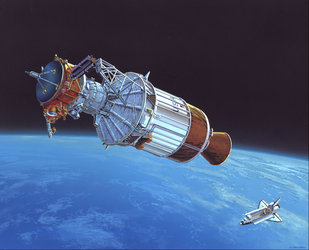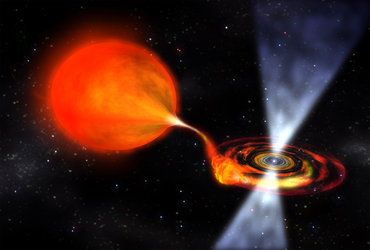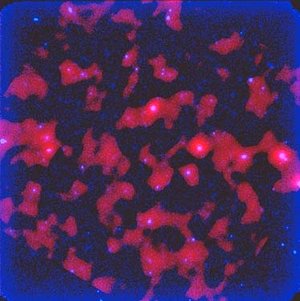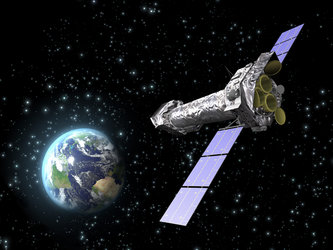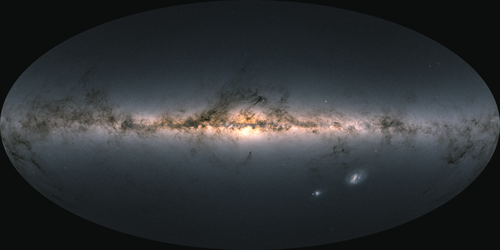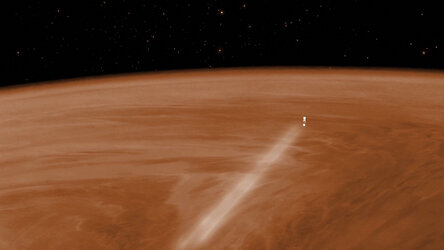Cluster factsheet
Studying how the solar wind affects Earth
Name Cluster refers to the fact that four identical spacecraft are used in the mission in a cluster pattern.
Description Cluster is a collection of four spacecraft flying in formation around Earth, relaying the most detailed ever information about how the solar wind affects our planet in three dimensions. The solar wind (the perpetual stream of subatomic particles given out by the Sun) can damage communications satellites and power stations on Earth. The operation lifetime of the Cluster mission ran from February 2001 to December 2009. In October 2009, the mission was extended until end 2012.
Launch 16 July and 9 August 2000 (two launches of two Cluster satellites each, using two Russian Soyuz rockets from Baikonur, Kazakhstan).
Status Launched 2000.
Journey At each launch, two Cluster satellites were placed in elliptical orbits with an altitude varying from 200 to 18 000 kilometres above Earth. The two satellites of each launch were then released, one after the other and used their own onboard propulsion systems to reach the planned operational orbit (between 19 000 and 119 000 kilometres from the planet).
The first four Cluster spacecraft were destroyed when the Ariane-5 rocket exploded during its maiden launch on 4 June 1996. Three new Cluster spacecraft had to be built while the fourth was constructed out of spare parts. The new spacecraft were launched four years later.
Having four identical spacecraft, Cluster was the first space project ever to have to build a series of craft in true series production.
Using identical instruments simultaneously, three-dimensional and time-varying phenomena can be studied.
600 kilograms (half of the launch weight) of each Cluster spacecraft was taken up by fuel required for the complicated manoeuvres employed to position the spacecraft into the correct orbit.
Early in 2000, ESA held a public competition 'Name the Cluster Quartet'. The winner named the spacecraft Salsa, Samba, Tango and Rumba after Latin American ballroom dances.






